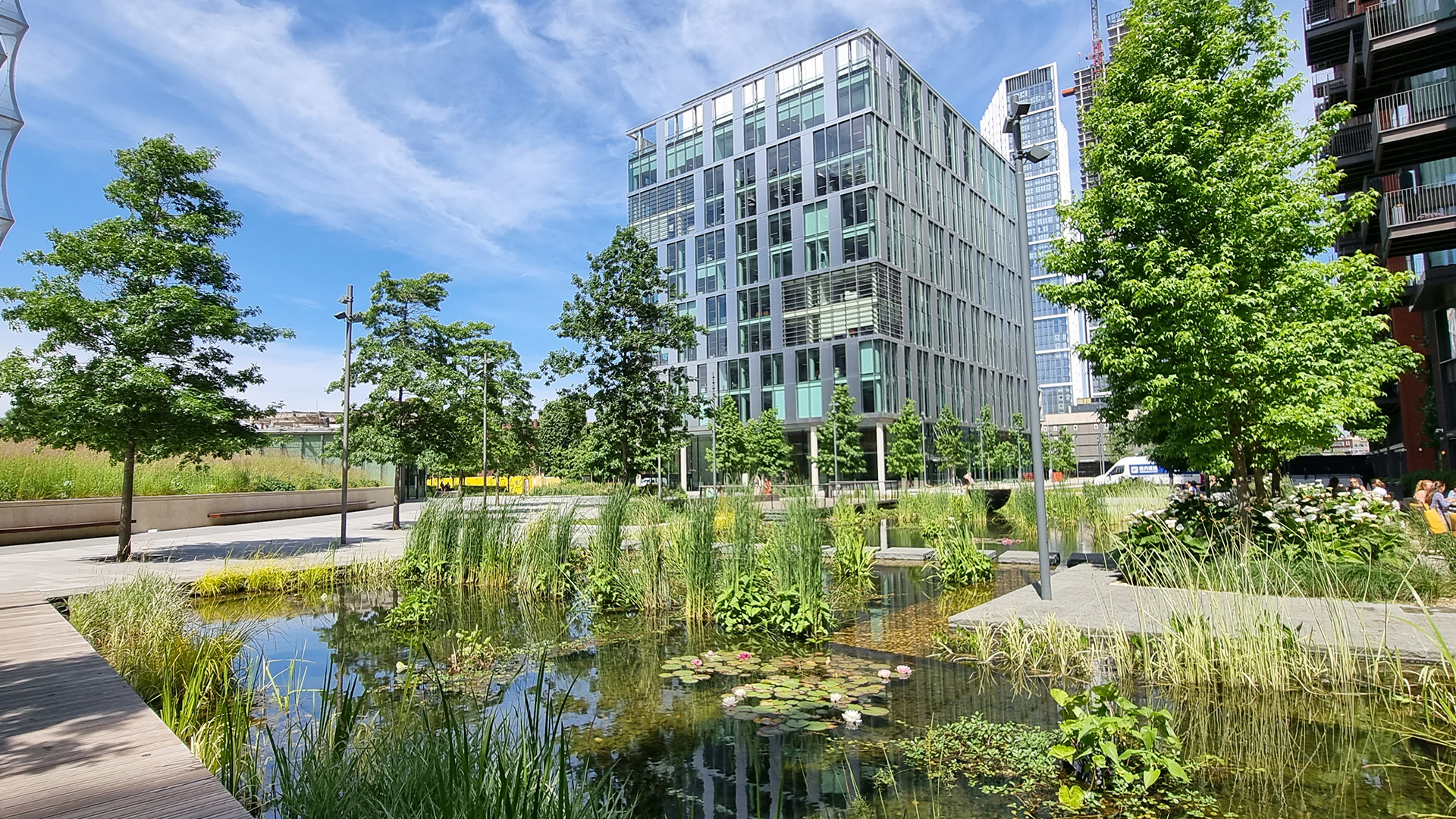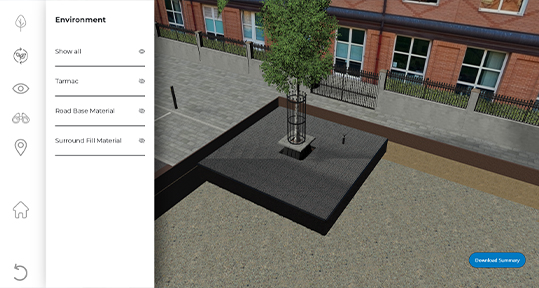While perception and collaboration are separate views, they can be related in certain contexts.
For example, individuals with different perceptions may need to collaborate to achieve a common goal. In this case, successful green infrastructure, and collaboration can help to overcome differences in perception by adopting open communication and allowing all stakeholders to share their perspectives and ideas.
Having previously penned “Let’s become the collaboration generation” we detailed the need for a multi-disciplinary approach predominantly at early planning stages, highlighting differences, particularly within the engineering and landscape design sectors. function v beauty, elaborate v cost-effective. Thankfully we are seeing a change in tact with the landscape being embedded more so into engineered environments.

NBS could cost 50% less than grey infrastructure alternatives alone and deliver 28% in added benefits such as carbon sequestration, cleaner air and water, and improved health. – International Institute for Sustainable Development.
Question’s we are frequently asked:-
How do we put value on green infrastructure?
The benefits of GI and nature-based solutions have been recognised for some time, economic, social, health and well-being, it must be understood that an investment in good quality green infrastructure for the long term not only improves our environment but also enables value capital growth from nature.
Though, if NBS are to move beyond being a ‘nice-to-have’ asset or design feature, their value, as well as who benefits from them, must be more holistically understood. – UKGBC
To help support this understanding – UK Green Building Council have launched guidance to increase the use of NBS detailing their holistic value, beneficiaries, and financing opportunities. Discover more here
We were also delighted to welcome Kai Liebetanz to our recent Resources for Resilience Webinar. – View more here.
Making a change toward net zero is supported by green finance – a global initiative to support innovative sources to finance the transition to a net zero and environmentally-resilient outcome. Other blogs on this to follow.
Quality Green Infrastructure is expensive
The perception that quality (GI) can be costly, is often a lack of understanding that once best practice methods are used, particularly in tree planting using systems such as ArborSystem, there is very little cost after. Minimal maintenance and certainly no replacement costs after 5 years. As highlighted, GI enhances value, as widely documented in residential, and new developments and by retrofitting existing streets, and commercial and retail areas. GreenBlue Urban are so confident of the system’s efficacy that we have introduced the world’s first urban tree warranty: ArborAdvance, which guarantees a tree’s health for a minimum of 15 years.

Why use plastic to plant trees?
Rather than disposing of end-of-use plastics in landfill or by incineration, we use a recycled polymer to assist trees in growing and sequester the carbon produced by the manufacture of the original material. All our below-ground products are manufactured from 100% recycled materials and are recyclable up to 5 times once they have finished their life. Therefore, planting trees in a GreenBlue ArborSystem is a perfect example of the circular economy, with our own onsite UK manufacturing, cross-collaboration ensures the supply of raw material, manufacture to order and shipping with short lead times.
Why GreenBlue?
Integrating GI into any development can be perceived as a challenging prospect, however, GreenBlue’s experience in collaboration with a range of stakeholders, realises any complex procedures and working constraints. Our design experts are on hand, with a range of online tools to support, along with onsite assistance to guide installation along the why.
Join us – and collaborate with the UK’s only trusted supplier of integrated solutions for green and blue.




